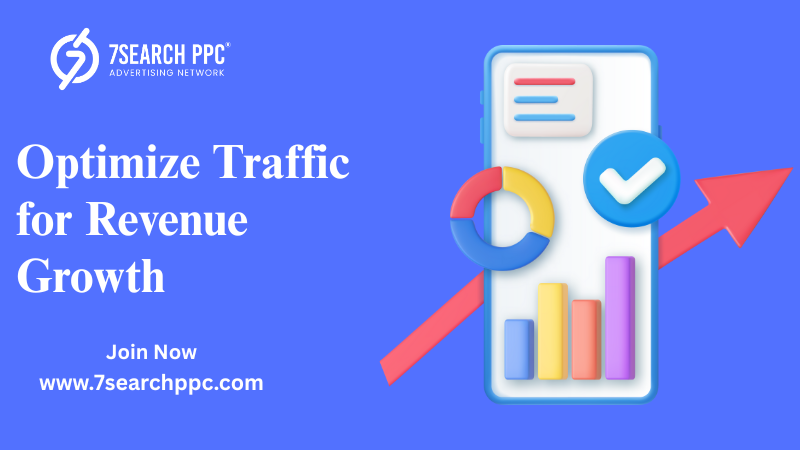To optimize traffic for revenue growth over time, analytics plays a critical role by providing data-driven insights that guide strategic decisions. Here’s how you can leverage analytics effectively:

Identify High-Converting Traffic Sources: Use analytics tools like Google Analytics to track where your traffic is coming from and which sources (e.g., SEO, paid ads, social media) lead to the highest conversions. Focus your efforts and budget on these high-performing channels to optimize traffic for revenue.
Understand Customer Behavior: Analyze user behavior on your website—such as pages visited, time spent, and actions taken. This helps you identify drop-off points or friction in the user journey that can be improved to increase conversions and revenue.
A/B Testing and Optimization: Conduct A/B tests on landing pages, call-to-action buttons, headlines, and page layouts. Use the analytics from these tests to refine what works best in driving conversions and ultimately optimize traffic for revenue.
Monitor Conversion Rates by Segment: Segment your traffic by demographics, location, device type, or referral source. This allows you to tailor your marketing strategies for each segment and improve the performance of your campaigns.
Set and Track KPIs: Define key performance indicators like conversion rate, average order value, and customer lifetime value. Use analytics to monitor these metrics consistently to ensure your traffic is contributing effectively to revenue growth.
Retarget and Personalize: Use analytics to create retargeting campaigns and personalized content that brings previous visitors back to your site and nudges them toward purchase.
Predict Trends with Data Modeling: Apply predictive analytics to forecast future traffic and revenue trends. This helps you plan marketing budgets, anticipate customer needs, and scale effectively.

 Allen Peterson
Allen Peterson




